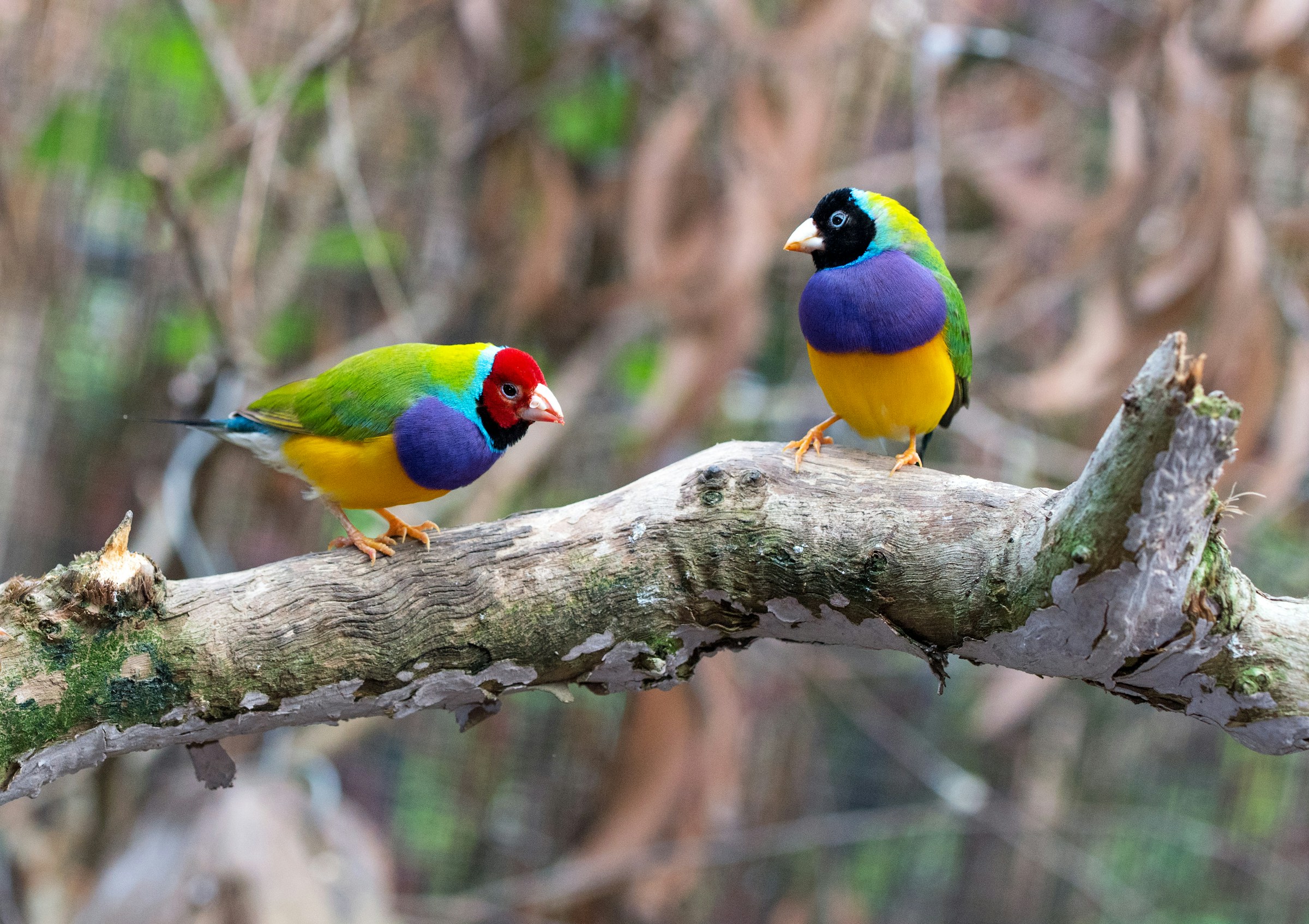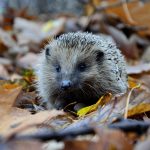Air pollution poses a significant threat to bird habitats, particularly in industrial regions. The UK's approach to assessing this impact combines rigorous scientific research with policy initiatives aimed at protection. Understanding these methods reveals not only the challenges faced by avian species but also the commitment to their conservation. This exploration highlights both the innovative practices being implemented and the necessary steps still needed to safeguard these vital ecosystems. Discover the multifaceted strategies employed to combat air pollution’s detrimental effects on our feathered friends.
Overview of Air Pollution in the UK
Air pollution in the UK remains a pressing concern, with numerous sources contributing to the issue. Industrial emissions, vehicle exhaust, and residential heating are among the primary culprits. These pollutants not only affect human health but also have significant implications for the environment.
A lire également : Essential Tips for Respectfully Approaching Seal Pups on UK Beaches to Prevent Distress
The UK government has implemented various environmental policies to tackle air quality issues. These include regulations on emissions from vehicles and industries, as well as initiatives to promote cleaner energy sources. Such measures are crucial in mitigating the adverse effects of air pollution and ensuring a healthier environment for all.
Bird habitats, particularly those located near industrial areas, are especially vulnerable to air pollution. These habitats are essential for maintaining biodiversity and ecological balance. Pollution can lead to habitat degradation, affecting bird populations and other wildlife. Protecting these areas is vital for preserving the natural ecosystem and ensuring the survival of various bird species.
En parallèle : Essential Guidelines for UK Dog Walkers to Protect Nesting Sandpipers on Coastal Beaches
Efforts to improve air quality and protect bird habitats require a collaborative approach. By adhering to environmental policies and reducing emissions, the UK can work towards a sustainable future. This not only benefits human health but also safeguards the natural world, ensuring that bird habitats remain thriving sanctuaries amidst industrial activities.
Methodologies for Assessing Air Pollution Impact
Understanding the impact of air pollution involves various environmental assessment methods. These methodologies are crucial in determining how pollutants affect ecosystems, particularly avian habitats.
Common Methodologies
Impact studies typically employ a combination of field studies and laboratory experiments. Field studies provide real-world data on pollution levels and their effects on bird populations. Researchers collect samples from affected areas to measure pollutant concentrations and observe changes in wildlife behaviour. Laboratory experiments, on the other hand, allow for controlled testing of pollutants' effects on specific species, offering insights into potential long-term consequences.
Data Collection Techniques
Data collection is a cornerstone of impact studies. Techniques such as air sampling, remote sensing, and bio-monitoring are frequently used. Air sampling involves collecting air samples from different locations to analyse pollutant levels. Remote sensing uses satellite technology to monitor air quality over large areas, providing comprehensive data on pollution distribution. Bio-monitoring assesses the health of bird populations by examining physiological and behavioural changes, linking these to pollution exposure.
These methods are essential for understanding the complex relationships between air pollution and avian habitats. By using a combination of data collection techniques, researchers can develop more effective strategies to mitigate pollution's adverse effects on the environment.
Case Studies on Air Pollution and Bird Habitats
Examining case studies provides valuable insights into the impact of air pollution on bird species, especially in industrial areas. These studies often reveal the complex dynamics between pollutants and avian life, highlighting the need for targeted environmental interventions.
Notable Case Studies
One significant case study focused on the impact of industrial emissions in the Midlands, where researchers observed a decline in local bird populations. The study attributed this decline to high levels of nitrogen dioxide and sulphur dioxide, common pollutants in industrial regions. This research underscores the vulnerability of bird habitats to air pollution and the necessity for stringent emission controls.
Comparative Analysis
Comparative analysis of different industrial areas across the UK has shown varying levels of impact on bird species. For instance, studies in Northern England reported lesser declines in bird populations compared to the Midlands, suggesting that local environmental policies and industrial practices play a crucial role in mitigating pollution effects.
Key Findings and Implications
Recent research findings indicate that areas with proactive pollution control measures see better preservation of bird habitats. These findings emphasize the importance of implementing and enforcing environmental regulations. By understanding these dynamics, policymakers can develop more effective strategies to protect avian habitats and promote biodiversity in industrial areas.
Ecological Implications of Air Pollution
Air pollution poses a significant threat to the biodiversity of avian species, impacting their health and behaviour. Exposure to pollutants like nitrogen dioxide and sulphur dioxide can lead to respiratory issues, reduced reproductive success, and altered migratory patterns in birds. These changes not only affect individual species but also disrupt the intricate balance of ecosystems.
The ecological impact of air pollution extends beyond avian health, influencing the broader ecosystem. Birds play crucial roles in seed dispersal, pest control, and pollination. When their populations decline due to pollution, these ecological services are compromised, leading to a cascade of effects on plant life and other animal species. This disruption can result in reduced biodiversity, as certain plant species may struggle to survive without their avian partners, further destabilising the ecosystem.
Long-term consequences of air pollution in industrial contexts are particularly concerning. Persistent exposure to high pollution levels can cause irreversible changes to habitats, making them inhospitable for many species. Over time, this can lead to a loss of genetic diversity, weakening the resilience of ecosystems to environmental changes. Addressing air pollution is thus essential not only for protecting avian species but for maintaining the health and balance of entire ecosystems.
Government Policies and Environmental Regulations
The UK government has implemented a robust policy framework to address air pollution, focusing on reducing emissions and safeguarding natural habitats. Central to these efforts are environmental regulations that set stringent limits on pollutants from industrial sources and vehicles. These regulations are designed to protect both human health and the environment, including vulnerable bird habitats.
Government initiatives play a crucial role in this framework, with various programs aimed at promoting cleaner energy and reducing reliance on fossil fuels. For instance, incentives for electric vehicle adoption and investment in renewable energy sources are key strategies to lower emissions. These initiatives not only help in reducing air pollution but also contribute to a sustainable future.
Environmental agencies are tasked with monitoring and enforcing these regulations. They conduct regular assessments to ensure compliance and identify areas needing improvement. Their role is vital in maintaining air quality standards and protecting ecosystems from the adverse effects of pollution.
Recent initiatives have specifically targeted the protection of bird habitats. These efforts include habitat restoration projects and the creation of buffer zones around industrial areas. By prioritising the conservation of these habitats, the government aims to preserve biodiversity and support the health of avian populations amidst ongoing industrial activities.
Strategies for Mitigating Air Pollution Effects
Addressing air pollution requires a multifaceted approach, focusing on mitigation strategies and conservation efforts. In industrial areas, effective strategies for pollution reduction involve implementing advanced emission control technologies and transitioning to cleaner energy sources. Industries are encouraged to adopt best practices, such as using scrubbers and filters, to reduce the release of harmful pollutants into the atmosphere.
Conservation efforts play a crucial role in protecting bird populations affected by air pollution. Initiatives include creating safe havens and restoring natural habitats, ensuring that avian species have environments free from harmful pollutants. These efforts not only safeguard bird populations but also contribute to the overall health of ecosystems.
Community involvement is a key component in these strategies. Public awareness campaigns educate citizens on the importance of reducing air pollution and encourage participation in conservation activities. By fostering a sense of responsibility, communities can actively contribute to pollution reduction efforts.
Engaging local communities in monitoring air quality and reporting violations can enhance the effectiveness of mitigation strategies. This collaborative approach ensures that both human and avian populations benefit from cleaner air and healthier environments. Through combined efforts, significant strides can be made towards reducing the detrimental effects of air pollution.
Future Research Directions
In the realm of environmental science, there is a pressing need to explore new areas of research concerning air pollution and its impact on wildlife. One promising avenue is the development of advanced technologies for monitoring air quality, which could significantly enhance the precision of data collection. These technologies might include innovative sensors capable of detecting a broader range of pollutants, offering more detailed insights into their effects on avian habitats.
Moreover, future research in avian studies should focus on understanding the long-term behavioural and physiological changes in bird species due to prolonged exposure to pollutants. Such studies could provide critical data on how air pollution affects migration patterns, breeding success, and overall health of avian populations.
An interdisciplinary approach is crucial in these future research endeavours. By integrating knowledge from fields such as ecology, technology, and public health, researchers can develop more comprehensive strategies to address the complex challenges posed by air pollution. This collaboration could lead to more effective conservation efforts, ensuring that both wildlife and human communities benefit from cleaner environments.
- Potential advancements in monitoring technology
- Importance of interdisciplinary collaboration
- Focus on long-term impacts on avian species
These directions are vital for developing informed, effective responses to the ongoing challenges of air pollution.
Conclusion: The Path Forward
The journey towards achieving environmental sustainability and reaching our conservation goals is ongoing and requires concerted efforts from all stakeholders. From previous sections, it is clear that air pollution significantly impacts both human health and avian habitats. The importance of continuous research cannot be overstated, as it is essential for developing innovative solutions and informing effective policy improvements.
Research plays a pivotal role in understanding the intricate relationships between pollutants and ecosystems. By advancing our knowledge, we can devise strategies that not only mitigate pollution but also enhance environmental sustainability. This involves integrating cutting-edge technologies and interdisciplinary approaches to address the multifaceted challenges of air pollution.
Policy improvements are crucial in setting the framework for sustainable practices. Governments and environmental organisations must collaborate to enforce stricter regulations and promote cleaner energy sources. This will require a commitment to revising existing policies and implementing new ones that reflect the latest scientific findings.
Stakeholders, including policymakers, researchers, and communities, must unite in their efforts to protect the environment. By prioritising conservation goals, we can ensure a healthier planet for future generations. This collective action is vital in safeguarding biodiversity and fostering a sustainable future for all species.






